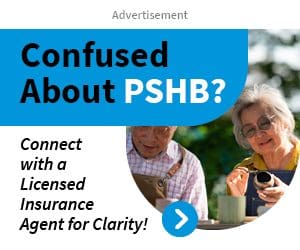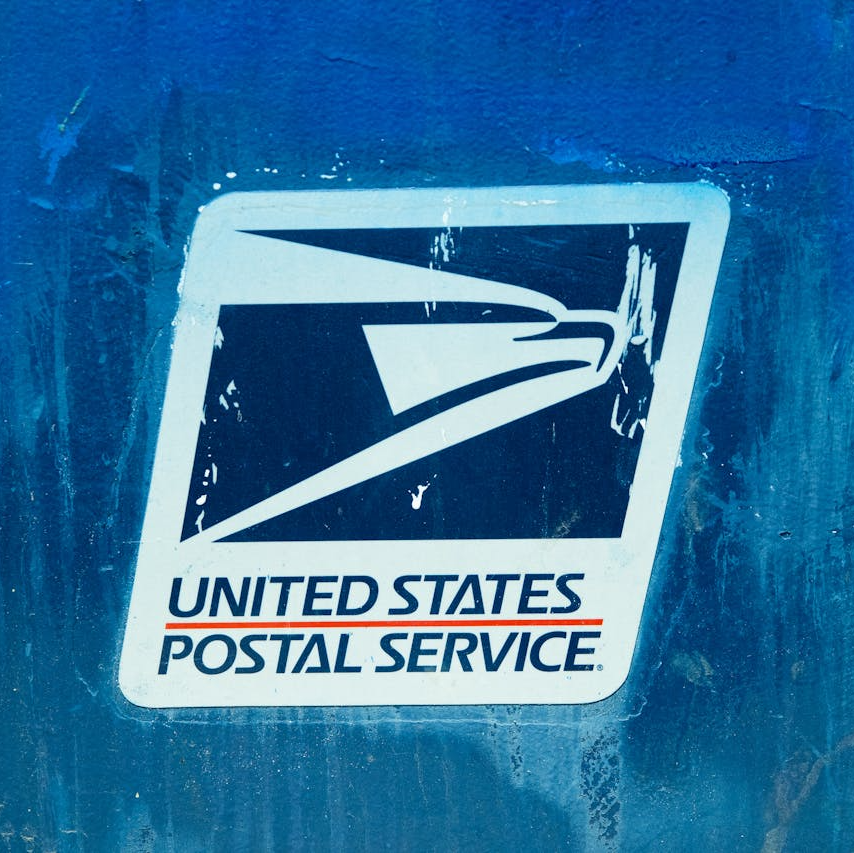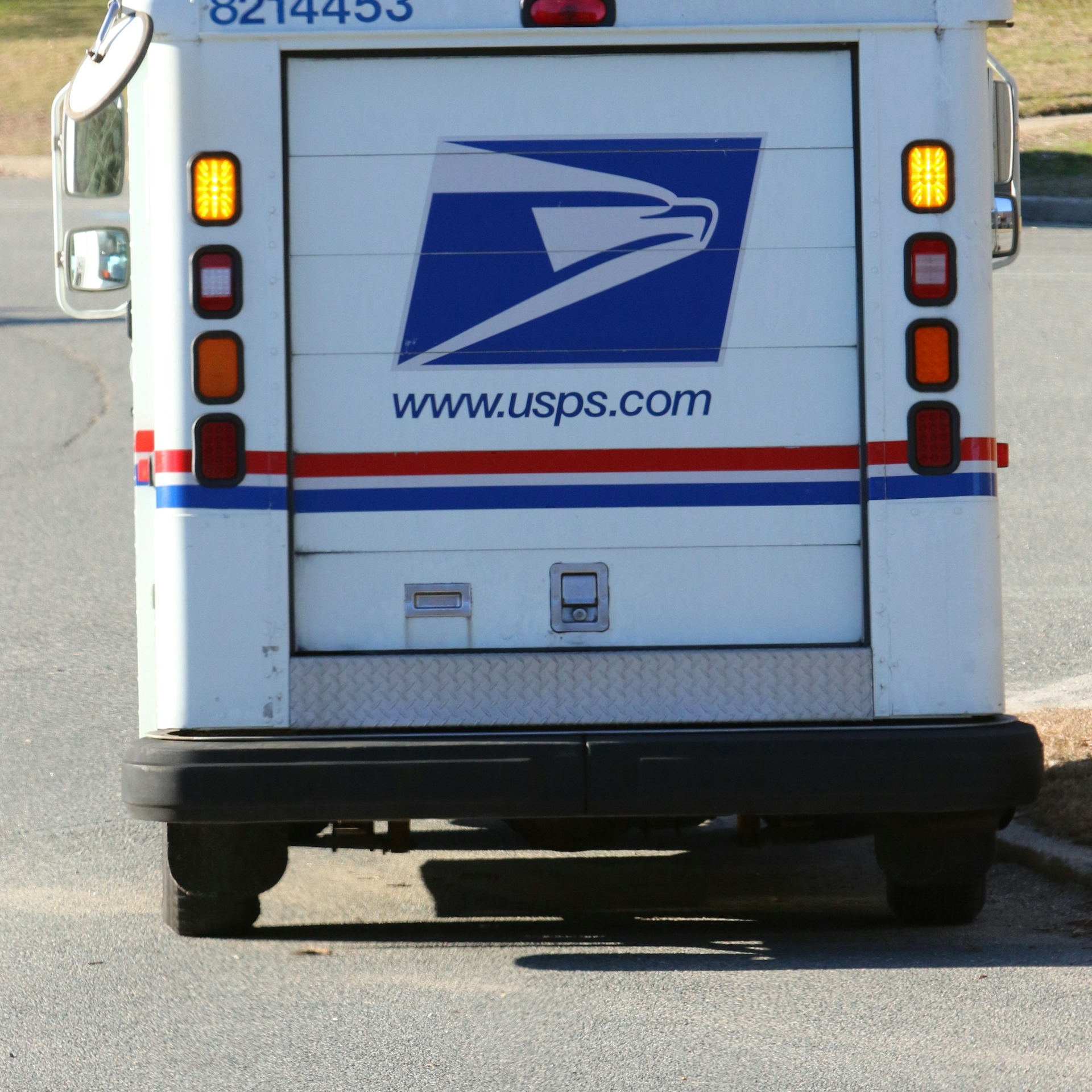Key Takeaways
- USPS employees and retirees need to prepare for the new Postal Service Health Benefits (PSHB) program, launching in 2025.
- Understanding available resources and requirements will help ensure a smooth transition into the PSHB program.
Don’t Miss Out on USPS’s PSHB Resources—What Postal Employees Need to Know Before the New Health Plan Kicks In
Starting in 2025, the U.S. Postal Service (USPS) will transition its employees and retirees to the new Postal Service Health Benefits (PSHB) program. This change marks a significant shift in how health benefits are managed for postal workers and their families. It’s essential for current and retired USPS employees to familiarize themselves with this new plan, the requirements for enrollment, and the available resources designed to assist them through the transition process. Let’s dive into what postal employees need to know to ensure they don’t miss out on valuable information and benefits under PSHB.
What Is the Postal Service Health Benefits (PSHB) Program?
The PSHB program is a health benefits initiative created specifically for USPS employees, retirees, and their dependents. This program is set to replace the Federal Employees Health Benefits (FEHB) plan that many postal employees currently use. Administered separately from FEHB, PSHB will provide a suite of healthcare options tailored to the unique needs of USPS workers and their families.
The program aims to offer a streamlined and efficient approach to healthcare, reducing complexities and enhancing the services available. While PSHB will provide comprehensive healthcare options, including medical, dental, and vision coverage, it’s essential to recognize that it will function as a distinct entity from the existing FEHB plans.
Who Is Eligible for the PSHB Program?
Eligibility for PSHB includes current USPS employees, retirees, and eligible family members. This transition is designed to ensure that all postal employees have access to healthcare benefits that meet their needs. However, it’s crucial to confirm eligibility based on your employment status and years of service.
For retirees, the eligibility criteria will closely align with those under FEHB. Retirees and their dependents who are currently enrolled in FEHB will be able to move to the new PSHB program. It’s important to verify your eligibility early and make sure your dependents are covered under the new plan to avoid any lapse in coverage.
Why Is PSHB Being Implemented?
PSHB is part of a broader effort to streamline healthcare for USPS workers while improving coverage and minimizing administrative burdens. One of the key goals is to create a health benefits system that is more aligned with the specific needs of postal workers, taking into account their unique job demands and healthcare concerns. By transitioning to PSHB, the USPS aims to offer competitive benefits while ensuring long-term sustainability for employee healthcare programs.
Another reason behind PSHB’s implementation is to simplify the management of healthcare benefits. By having a specialized health benefits program, the USPS can tailor the offerings and communication to better suit the needs of its workforce, from frontline postal workers to retirees.
How Will the Transition to PSHB Affect Current FEHB Enrollees?
If you are currently enrolled in an FEHB plan as a USPS employee or retiree, you will need to transition to PSHB when it goes into effect in 2025. This transition is mandatory, and those currently on FEHB will not have the option to retain their existing FEHB coverage under the USPS. However, you will be able to choose from various healthcare options under the PSHB, similar to the choices available under FEHB but tailored to postal employees’ needs.
The USPS will provide resources and tools to help employees and retirees make this switch smoothly. It’s recommended to stay updated on upcoming communications from the USPS regarding PSHB enrollment periods, requirements, and plan comparisons.
What Are the Enrollment Requirements for PSHB?
To enroll in PSHB, active postal employees and retirees must follow specific guidelines. The enrollment process is expected to be similar to that of FEHB but will include some differences tailored to PSHB’s unique structure.
-
Open Enrollment Period: Similar to FEHB, PSHB will have an annual open enrollment period. It is during this time that postal employees and retirees can review and select their healthcare plan options under PSHB.
-
Medicare Requirements for Retirees: Retirees aged 65 and older will need to enroll in Medicare Part A and Part B to qualify for PSHB coverage. Coordination with Medicare will help maximize healthcare benefits, as the PSHB program will function alongside Medicare to provide comprehensive healthcare solutions. It’s essential to ensure Medicare enrollment is completed to avoid any gaps in PSHB coverage.
What Resources Are Available for Postal Employees and Retirees?
The USPS is offering a range of resources to ensure postal employees and retirees are well-prepared for the switch to PSHB. These resources include:
-
Informational Webinars: USPS will host webinars covering various aspects of PSHB, including eligibility, plan comparisons, and enrollment procedures. These sessions are crucial for employees and retirees who want to understand their options and the steps needed to enroll.
-
Dedicated Helpline: A PSHB helpline will be available to answer specific questions and offer personalized guidance. This service is particularly useful for retirees who may need additional assistance navigating the transition to PSHB.
-
USPS Online Portal: Postal employees and retirees will have access to an online portal where they can view information about the PSHB program, compare plans, and complete their enrollment. The portal will serve as a one-stop resource for all things PSHB, making it easier for users to manage their benefits.
What Are the Key Steps to Prepare for the PSHB Transition?
To ensure a smooth transition to PSHB, there are several steps USPS employees and retirees should take:
-
Stay Informed: USPS will provide ongoing updates regarding PSHB through newsletters, emails, and the USPS website. Keeping up with these communications will help ensure you do not miss any important deadlines or information.
-
Review Plan Options: Before the open enrollment period, take the time to review the available PSHB plan options and their associated benefits. Compare these options based on your healthcare needs and those of your dependents to make an informed decision.
-
Check Your Medicare Enrollment Status: For retirees aged 65 and older, confirming Medicare enrollment (Parts A and B) is crucial to remain eligible for PSHB. Verify your status well in advance of the PSHB implementation date to avoid any interruptions in coverage.
-
Utilize Available Resources: Make use of the webinars, helpline, and online portal provided by USPS to gain a comprehensive understanding of PSHB and its enrollment process. These tools are designed to make the transition easier and more efficient for all eligible employees and retirees.
What If You Don’t Enroll in Time?
Missing the enrollment window could lead to a loss of health coverage or a delay in accessing your benefits. It’s critical to act within the specified enrollment period to avoid complications. USPS will send notifications about open enrollment periods, but it is the responsibility of each employee and retiree to follow up and complete their enrollment.
The consequences of not enrolling on time may also include higher costs associated with late enrollment. Make sure to stay proactive by marking important dates on your calendar and using the USPS resources to guide you through the process.
Final Preparations—Get Ready for PSHB
The implementation of the Postal Service Health Benefits program is a significant shift for USPS employees and retirees. To make the most of this transition, postal workers should leverage all available resources and information provided by the USPS. The new PSHB program aims to offer comprehensive health benefits while addressing the unique needs of postal employees. Staying informed and acting within the required timelines will ensure a seamless transition to the new system.
By preparing now, USPS employees and retirees can confidently navigate this change and secure the healthcare benefits they deserve.









